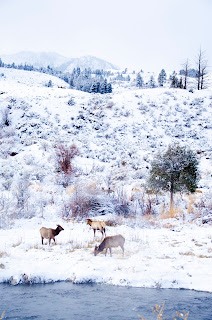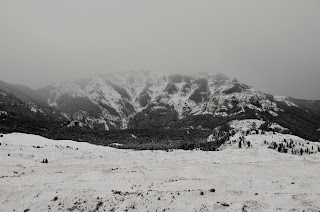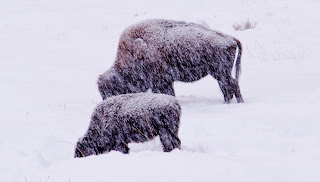Nikon D7000
Nikkor 18-105mm 3.5-5.6 Lens
Focal Length: 105mm
Av: f/5.6
Tv: 1/100
ISO 100
No flash
Nikon D7000
Sigma 30mm 1.4 Lens
Focal Length: 30mm
Av: f/2
Tv: 15 seconds
ISO 1600
No Flash
Nikon D7000
Nikkor 18-105mm 3.5-5.6
Focal Length: 48mm
ISO 200
Av: f/11
Tv: 1/125
No Flash
Nikon D7000
Nikor 18-105mm 3.5-5.6
Focal Length: 105mm
ISO 100
Av: f/6.3
Tv: 1/400
No Flash
Nikon D7000
Nikkor 18-105mm 3.5-5.6
Focal Length: 105mm
ISO 100
Av: f/6.3
Tv: 1/500
No Flash
Nikon D7000
Nikkor 18-105mm 3.5-5.6
Focal Length: 105mm
Av: f/11
Tv: 1/80
ISO 200
No Flash
Nikon D7000
Nikkor 18-105mm 3.5-5.6
Focal Length: 70mm
ISO 200
Av: f/11
Tv: 1/100
No Flash
Nikon D7000
Nikkor 18-105mm 3.5-5.6
Focal Length: 105mm
ISO 200
Av: f/11
Tv: 1/80
No Flash
Nikon D7000
Nikkor 18-105mm 3.5-5.6
Focal Length: 105mm
ISO 400
Av: f/5.6
Tv: 1/800
No Flash
Nikon D7000
Nikkor 18-105mm 3.5-5.6
Focal Length: 105mm
Av: f/5.6
ISO 200
Tv: 1/200
No Flash
Nikon D7000
Nikkor 18-105mm 3.5-5.6
Focal Length: 105mm
ISO 200
Av: f/5.6
Tv: 1/640
No Flash
Nikon D7000
Nikkor 18-105mm 3.5-5.6
Focal Length: 92mm
ISO 200
Av: f/5.6
Tv: 1/500
No Flash
Nikon D7000
Nikkor 18-105mm 3.5-5.6
Focal Length : 90mm
ISO 400
Av: f/11
Tv: 1/200
No flash
Nikon D7000
Nikkor 18-105mm 3.5-5.6
Focal Length: 50mm
ISO 100
Av: f/11
Tv: 1/160
No flash
Nikon D7000
Nikkor 18-105mm 3.5-5.6
Focal Length: 42mm
ISO 100
Av: f/4.8
Tv: 1/640
No Flash
Nikon D7000
Nikkor 18-105mm 3.5-5.6
Focal Length: 105mm
ISO 100
Av: f/5.6
Tv: 1/500
No Flash
Nikon D7000
Nikkor 18-105mm 3.5-5.6
Focal Length: 105mm
ISO 100
Av: f/5.6
Tv: 1/640
No Flash
Nikon D7000
Nikkor 18-105mm 3.5-5.6
Focal Length: 80mm
ISO 100
Av: f/11
Tv: 1/125
No Flash
Nikon D7000
Nikkor 18-105mm 3.5-5.6
Focal Length: 80mm
ISO 200
Av: f/11
Tv: 1/125
No Flash
Nikon D7000
Nikkor 18-105mm 3.5-5.6
Focal Length: 105mm
ISO 100
Av: f/5.6
Tv: 1/320
No Flash



















































